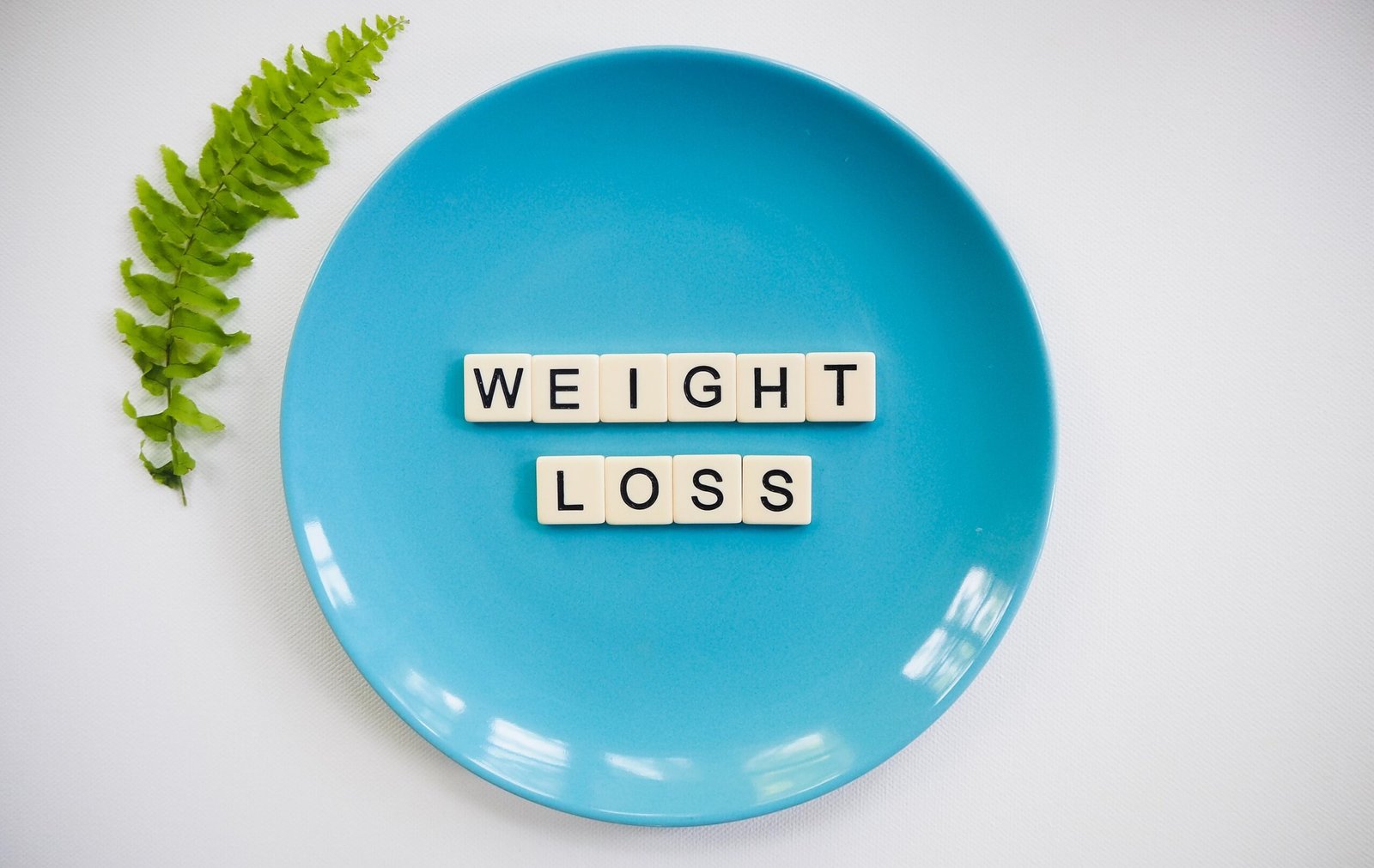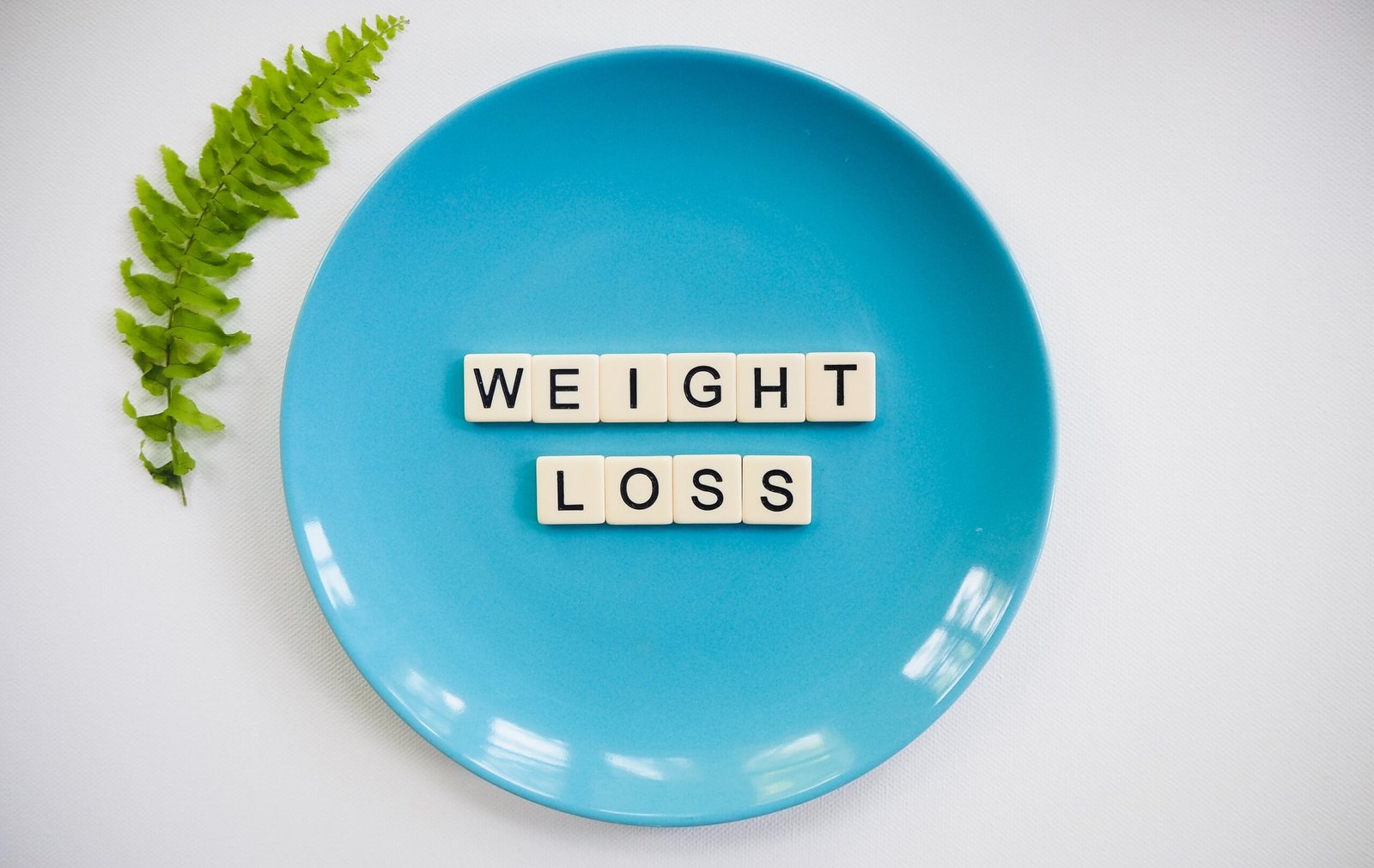Are you struggling with oxalate sensitivity and looking for a practical plan to manage it? Look no further, because we’ve got you covered! In this article, we will outline a comprehensive guide on the oxalate-sensitive diet, providing you with all the information you need to make informed choices and improve your quality of life. From understanding oxalates to identifying high-oxalate foods and implementing a balanced meal plan, we will walk you through step by step, ensuring your journey towards a healthier lifestyle is both manageable and rewarding. So, let’s get started!

Understanding Oxalates
What Are Oxalates?
Oxalates are naturally occurring substances found in many plant foods. They are organic compounds that are produced by plants as a defense mechanism against predators. In the human body, oxalates can bind with calcium to form oxalate crystals, which can contribute to the formation of kidney stones. While most people can tolerate a certain amount of oxalates without any issues, some individuals are more sensitive to them and may need to follow a low-oxalate or oxalate-sensitive diet.
Foods High in Oxalates
There are several foods that are high in oxalates and should be consumed in moderation or avoided altogether if you are following an oxalate-sensitive diet. Some common high-oxalate foods include spinach, rhubarb, beet greens, Swiss chard, and certain varieties of nuts and seeds. It’s important to note that cooking, soaking, or fermenting high-oxalate foods can help reduce their oxalate content to some extent.
The Link Between Oxalates and Health Issues
For individuals with oxalate sensitivity, consuming high amounts of oxalates can lead to various health issues. The most well-known concern is the increased risk of kidney stone formation. When there is an excess of oxalates in the urine, they can crystallize and form kidney stones. Additionally, oxalates can interfere with calcium absorption, potentially leading to a calcium deficiency. Some research suggests that oxalates may also play a role in the development or aggravation of certain chronic health conditions, such as interstitial cystitis and fibromyalgia.
The Benefits of an Oxalate-Sensitive Diet
Reduced Risk of Kidney Stone Formation
By following an oxalate-sensitive diet and limiting your intake of high-oxalate foods, you can significantly reduce the risk of kidney stone formation. This is particularly important for individuals who have a history of kidney stones or are at a higher risk due to factors like genetics or certain medical conditions. By monitoring your oxalate intake and making dietary modifications, you can help prevent the formation of new kidney stones and decrease the recurrence of existing stones.
Improved Calcium Absorption
High levels of oxalates in the body can affect the absorption of calcium from the diet. Calcium is an essential mineral for maintaining strong bones and teeth, as well as for proper muscle and nerve function. When oxalates bind with calcium, they form insoluble crystals that pass through the digestive system without being absorbed. By reducing your oxalate intake, you can improve calcium absorption and ensure that your body is getting the necessary amount of this crucial mineral.
Management of Chronic Health Conditions
While more research is needed, some individuals with chronic health conditions, such as interstitial cystitis or fibromyalgia, report experiencing symptom relief when following an oxalate-sensitive diet. Oxalates are thought to contribute to inflammation in the body, which can worsen symptoms for those with these conditions. By reducing the consumption of high-oxalate foods, some individuals have reported a decrease in pain, urinary symptoms, and overall inflammation levels.
Step 1: Assessing Your Oxalate Sensitivity
Consulting with a Healthcare Professional
Before making any significant dietary changes, it is important to consult with a healthcare professional, preferably a registered dietitian or nutritionist. They can evaluate your specific needs, medical history, and any potential risk factors related to oxalate sensitivity. A healthcare professional can also guide you through the process of assessing your oxalate sensitivity and help develop an appropriate dietary plan tailored to your individual requirements.
Understanding Symptoms of Oxalate Sensitivity
While it may be challenging to identify oxalate sensitivity based solely on symptoms, there are some common signs to look out for. These can include kidney stones, urinary symptoms such as pain or urgency, joint pain, skin rashes, digestive issues like bloating or diarrhea, and even mental health symptoms like anxiety or depression. It’s important to remember that experiencing these symptoms does not necessarily mean you have oxalate sensitivity, but they can be indicative of it and should be evaluated by a healthcare professional.
Getting Tested for Oxalate-Related Health Issues
To get a clearer picture of your oxalate sensitivity, your healthcare professional may recommend specific tests. These can include urine tests to measure oxalate levels, blood tests to assess nutrient deficiencies related to oxalate sensitivity, and imaging tests to check for the presence of kidney stones. These tests will help determine the severity of your oxalate sensitivity and guide the development of a personalized dietary plan.
Step 2: Identifying High-Oxalate Foods
Common Foods High in Oxalates
To effectively manage your oxalate sensitivity, it is essential to be aware of common foods that are high in oxalates. Some examples of high-oxalate foods include spinach, rhubarb, beet greens, Swiss chard, almonds, cashews, peanuts, and sesame seeds. However, it’s important to note that oxalate content can vary depending on the specific variety or preparation method of a particular food. Therefore, it is crucial to consult reliable sources or work with a registered dietitian to determine the oxalate content of different foods accurately.
Hidden Sources of Oxalates
In addition to the commonly known high-oxalate foods, there are also hidden sources of oxalates that may contribute to your overall oxalate intake. These can include certain spices, such as cinnamon and turmeric, as well as processed and packaged foods that contain additives or preservatives derived from high-oxalate sources. It’s always important to carefully read food labels and be mindful of any hidden sources of oxalates when grocery shopping or dining out.
Food Labeling and Oxalate Content
Unfortunately, food labeling regulations do not require the inclusion of oxalate content on product labels. Therefore, it can be challenging to determine the exact oxalate content of packaged foods. However, some companies voluntarily provide this information on their labels or websites. Additionally, there are online databases and resources available that can provide estimates of oxalate content in various foods. These resources can serve as a helpful guide when planning your oxalate-sensitive meals.

Step 3: Designing an Oxalate-Sensitive Meal Plan
Balancing Oxalate Intake
Designing an oxalate-sensitive meal plan involves finding the right balance between consuming enough nutrients while limiting your intake of high-oxalate foods. It is essential to include a variety of low-oxalate foods to ensure you are still getting adequate nutrition. This can include incorporating fruits and vegetables like apples, pears, cauliflower, and sweet potatoes, which are generally lower in oxalates. Working with a registered dietitian can provide valuable guidance on how to create a nutritionally balanced meal plan that meets your specific needs.
Incorporating Low-Oxalate Foods
Incorporating low-oxalate foods into your meals is crucial for maintaining a balanced and satisfying diet while managing your oxalate sensitivity. Low-oxalate foods include options like broccoli, zucchini, green beans, eggs, poultry, fish, and certain grains like rice and quinoa. These foods can be the foundation of your meals, providing essential nutrients without a significant oxalate load. Experimenting with recipes and finding creative ways to incorporate low-oxalate options can help add variety and enjoyment to your oxalate-sensitive diet.
Meal Planning and Preparation Tips
To successfully follow an oxalate-sensitive diet, it can be helpful to plan and prepare your meals in advance. This can help ensure that you have appropriate food options available, minimize the risk of consuming high-oxalate foods inadvertently, and decrease the chances of feeling overwhelmed or deprived. Consider meal prepping on weekends or setting aside time each week to plan your meals, create a shopping list, and prepare key ingredients or meals to make the process smoother and more manageable.
Step 4: Cooking Techniques to Reduce Oxalate Content
Properly Cooking High-Oxalate Foods
While some high-oxalate foods are best avoided altogether, others can be enjoyed with reduced oxalate content through proper cooking techniques. Boiling or steaming vegetables can help leach out some of the oxalates, making them a safer option for individuals with oxalate sensitivity. Additionally, blanching and rinsing high-oxalate foods like nuts and seeds can also help reduce their oxalate content. It’s important to note that overcooking or excessive boiling can lead to nutrient loss, so it’s essential to find the right balance in cooking times.
Utilizing Oxalate Reduction Methods
There are specific methods that can help reduce the overall oxalate content of certain foods. For example, fermenting high-oxalate vegetables or grains over an extended period can lower their oxalate levels. Likewise, soaking nuts and seeds overnight can reduce their oxalate content. These methods can be effective in reducing oxalate levels, but it’s crucial to follow appropriate guidelines and ensure food safety to prevent the growth of harmful bacteria or spoilage.
Food Processing Techniques
In addition to cooking and reduction methods, utilizing food processing techniques can help make high-oxalate foods more tolerable for individuals with oxalate sensitivity. For example, blending high-oxalate fruits into smoothies can help break down oxalate crystals, making them easier to digest. Similarly, grinding nuts and seeds into a flour-like consistency can help make them more manageable for individuals with sensitive digestive systems. Exploring different food processing techniques can provide alternatives and expand the range of foods you can enjoy on your oxalate-sensitive diet.

Step 5: Supplementing for Nutrient Needs
Identifying Potential Nutrient Deficiencies
Following an oxalate-sensitive diet may increase the risk of certain nutrient deficiencies due to the restriction of high-oxalate foods. Key nutrients like calcium, magnesium, and vitamin B6 may be at risk of deficiency if not adequately replaced in your diet. Monitoring your nutrient intake and working with a healthcare professional or registered dietitian can help identify potential deficiencies and develop a supplementation plan to address your specific needs.
Choosing Appropriate Supplements
Supplementation may be necessary to ensure optimal nutrient levels while following an oxalate-sensitive diet. It is essential to choose high-quality supplements that are suitable for your individual requirements. For example, calcium citrate is often recommended for individuals with oxalate sensitivity as it is a more easily absorbed form of calcium. However, it’s important to consult with your healthcare professional or registered dietitian before starting any supplementation regimen to ensure safety and efficacy.
Working with a Registered Dietitian
To ensure that your nutrient needs are being met while following an oxalate-sensitive diet, it is recommended to work closely with a registered dietitian. They can provide individualized guidance, assess your specific nutritional requirements, and help you navigate the complexities of the diet. A registered dietitian can also monitor your progress, make adjustments to your meal plan if needed, and provide ongoing support and education to ensure your long-term success with the oxalate-sensitive diet.
Step 6: Managing Dining Out and Social Events
Communicating Your Dietary Needs
When dining out or attending social events, it’s important to communicate your dietary needs and restrictions to the host or restaurant staff. By informing them of your oxalate sensitivity, they can better accommodate your requirements and suggest suitable menu options. It may also be helpful to provide some guidance or suggestions beforehand to ensure a smoother experience for both you and the host or restaurant.
Navigating Restaurant Menus
When dining out, navigating restaurant menus can be a bit more challenging while following an oxalate-sensitive diet. It’s important to be aware of high-oxalate ingredients and dishes that may contain them. Asking questions about how the food is prepared, requesting modifications, or even customizing your order can help ensure that you are not unknowingly consuming high-oxalate foods. Pairing low-oxalate dishes with appropriate sides or substitutions can help create a well-balanced meal while still enjoying the dining experience.
Alternative Options for Gatherings
If you’re attending social gatherings or events where the food options may not align with your oxalate-sensitive diet, it can be helpful to prepare and bring your own alternative dishes or snacks. This ensures that you have suitable food options available and allows you to participate fully in the event without feeling limited or deprived. Alternatively, you can suggest hosting gatherings at your own home, where you have more control over the menu and can ensure that there are suitable options available for yourself and other guests with dietary restrictions.
Step 7: Monitoring and Adjusting the Diet
Keeping a Food and Symptom Diary
Keeping a food and symptom diary can be a valuable tool when managing an oxalate-sensitive diet. By tracking the foods you consume and any symptoms or reactions you experience, you can better identify patterns or triggers related to your oxalate sensitivity. This information can be shared with your healthcare professional or registered dietitian, allowing them to make informed decisions regarding adjustments to your diet or further testing if necessary.
Tracking Oxalate Consumption
Regularly tracking your oxalate consumption can help ensure that you are staying within the appropriate limits for your oxalate sensitivity. This can be done by estimating the oxalate content of the foods you consume, either through available resources or with the guidance of a registered dietitian. Monitoring your oxalate intake can help you maintain balance in your diet, avoid excessive oxalate consumption, and effectively manage your oxalate sensitivity.
Consulting with a Healthcare Professional
Throughout your journey with an oxalate-sensitive diet, it is crucial to maintain regular communication with your healthcare professional. Whether it’s a follow-up appointment, addressing new symptoms, or discussing adjustments to your diet, your healthcare professional can provide ongoing support, monitor your progress, and make any necessary recommendations or modifications to your plan. With their guidance and expertise, you can successfully manage your oxalate sensitivity and optimize your overall health.
Additional Considerations and Resources
Understanding Oxalate Absorption
While the focus of an oxalate-sensitive diet is to reduce dietary oxalate intake, it’s important to understand that not all dietary oxalates are absorbed by the body. Factors like gut health, gut bacteria composition, and the presence of certain minerals can influence the absorption of oxalates. Additionally, the relationship between dietary oxalates and oxalate levels in the urine is also complex and can vary among individuals. Further research is needed to fully understand these aspects and their implications for individuals following an oxalate-sensitive diet.
Exploring Oxalate-Friendly Recipes
Following an oxalate-sensitive diet doesn’t mean you have to sacrifice taste and variety in your meals. There are plenty of delicious and nutritious recipes available that focus on low-oxalate ingredients. Exploring oxalate-friendly recipes can help expand your culinary repertoire and make your meals enjoyable and satisfying. There are many online resources, cookbooks, and social media accounts dedicated to providing oxalate-friendly recipes, making it easier to find inspiration and keep your diet exciting.
Support Groups and Online Communities
Connecting with support groups and online communities can be a valuable source of information, encouragement, and camaraderie for individuals following an oxalate-sensitive diet. These groups allow you to share experiences, ask questions, and learn from others who are navigating similar dietary challenges. While online resources should never replace professional advice, they can provide additional insights, suggestions, and emotional support as you continue on your journey with an oxalate-sensitive diet.
In conclusion, understanding oxalates and effectively managing an oxalate-sensitive diet can significantly contribute to your overall health and well-being. By following the steps outlined above, including assessing your oxalate sensitivity, identifying high-oxalate foods, designing a meal plan, applying cooking techniques to reduce oxalate content, supplementing for nutrient needs, managing dining out and social events, and monitoring and adjusting your diet, you can successfully navigate the complexities of an oxalate-sensitive diet and optimize your health. Remember to always consult with healthcare professionals, such as registered dietitians, and utilize available resources and support to ensure that you are following a safe and effective oxalate-sensitive diet.

